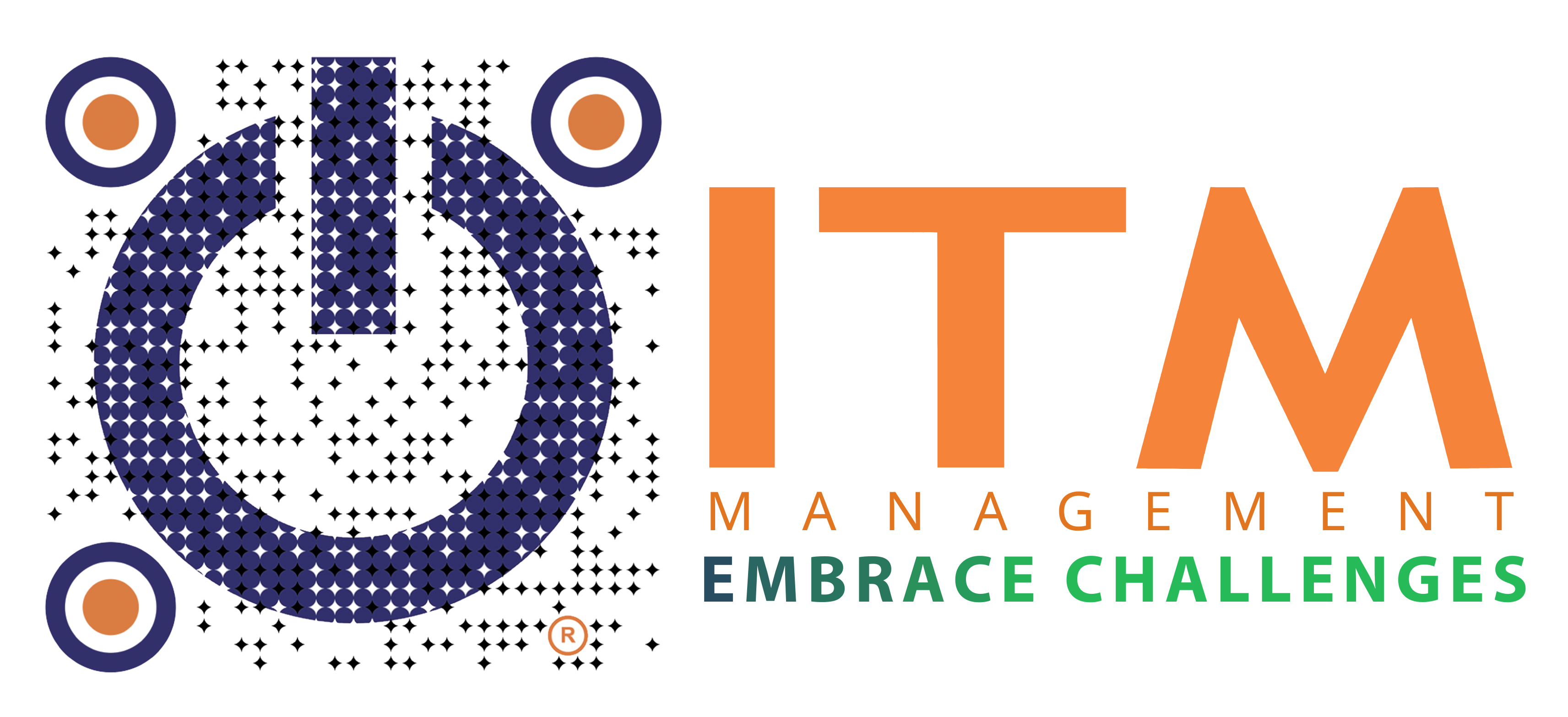Why Digital Safety Starts at Home
In today’s hyper-connected world, families live much of their lives online. Children use the internet for schoolwork, gaming, and social media, while parents rely on digital platforms for work, banking, shopping, and entertainment. This digital lifestyle brings convenience, but it also opens the door to serious risks: cyberbullying, scams, identity theft, exposure to harmful content, and even online predators.
Malicious cyber actors can leverage your children, elders or your household networks to gain access to your personal and private information. In these times when most devices in your household are connected to the internet, it is essential to be vigilant about cybersecurity.
Just as we lock our front doors at night, families must adopt everyday habits that protect them in the digital world. These habits, sometimes called cybersecurity hygiene, form the first line of defense against evolving online threats.
Understanding The Risks
Before taking action, every family member must clearly understand the most coxmmon digital threats. Awareness is the first step toward prevention.
-
- Identity theft and data breaches – Hackers may try to steal personal information like passwords, banking details, or private messages. Personal details such as names, addresses, phone numbers, passwords, or even banking information can be stolen through phishing emails, malicious links, or unsecured websites. Once exposed, this information may be used to impersonate family members, commit fraud, or gain unauthorized access to accounts and devices. The damage can be long-lasting, leading to financial loss, privacy invasion, and a compromised digital reputation.
- Cyberbullying – Online harassment can happen to anyone, through cruel messages, rumors, or the posting of embarrassing photos and videos. Its impact goes beyond immediate hurt, often leading to long-term issues such as anxiety, depression, and diminished self-esteem.
- Inappropriate or harmful content – The internet is filled with violent, explicit, misleading, or age-inappropriate material. Without careful choices and digital literacy, family members of all ages may encounter harmful content that negatively affects their emotions, decisions, or worldview.
- Online predators and scams – Hidden behind the anonymity of social networks, chat apps, and online platforms, malicious actors can disguise themselves as friends, colleagues, or even romantic interests. They may attempt to extract personal information, exploit trust, or manipulate people into dangerous interactions or financial fraud.
These risks can have lasting consequences not only on an individual’s digital life, but also on their mental health, financial security, relationships, and the overall trust within a family. Understanding the scope of these threats prepares every member of the household to respond with confidence.
Seven Practical Steps for Stronger Family Cybersecurity
To build lasting protection, families should adopt a comprehensive routine of online safety. These seven steps expand protection across devices, data, behavior, and long-term resilience ensuring that every household member contributes to a safer digital environment.
- Manage Devices and Networks
- Safeguard Personal Data and Privacy
- Recognize and Report Phishing
- Use Strong, Unique Passwords
- Turn on Multi-Factor Authentication (MFA)
- Foster Digital Citizenship and Culture
- Family Learning and Support Across Generations
-
- Regularly delete unused apps and old accounts to reduce exposure.
- Change default router usernames/passwords and replace them with strong, unique ones.
- Upgrade router firmware to the latest version and rotate passwords regularly.
- Create a guest Wi-Fi network for visitors instead of sharing your primary one.
- Keep devices and routers updated to patch vulnerabilities.
- Cover laptop or webcam cameras when not in use.
- Use non-admin accounts for daily browsing to minimize risks.
- Schedule regular reboots and disconnect unused devices or IoT systems from the internet to reduce vulnerabilities.
- Be aware of home assistants and connected devices (TVs, speakers, fridges).
- Mute microphones when not in use and avoid sensitive conversations near them.
-
- Avoid oversharing personal details and reinforce personal boundaries in digital interactions to protect privacy and emotional well-being.
- Strengthen privacy settings on social media and online platforms; review them together as a family.
- Check app permissions frequently and limit access to only what is necessary.
- Stay away from unsafe websites, risky downloads, or pirated content.
- Regularly review online contacts and use ‘Report’ and ‘Block’ tools to manage harmful or suspicious interactions.
-
- Everyone in the household should learn to identify suspicious emails, pop-ups, or SMS.
- Make it a family rule: Stop. Think. Verify before you click.
-
- Treat passwords as the locks to your digital doors.
- Create complex, unique credentials for each account.
- Remind family members never to share passwords with others.
-
- Add an extra layer of protection for sensitive accounts (email, banking, social media).
- Use authenticator apps, one-time codes, or biometrics to secure logins.
-
- Promote digital empathy: treat people online with the same respect as in real life.
- Teach digital consent: always ask before sharing someone else’s photos or information.
-
- Stay updated with cybersecurity news, apps, and online threats.
- Use cybersecurity games and interactive tools to teach kids and teens in engaging ways.
- Educate seniors about common scams (tech support fraud, investment schemes, lottery/sweepstakes).
- Remind elders never to send money via gift cards, wire transfers, or cryptocurrency when asked online.
- Consider legal protections (credit freezes, power of attorney) to reduce risks for vulnerable family members.
Quick Family Cybersecurity Checklist (Do It Today)
Turn awareness into real protection with this short checklist. Treat it as a family challenge and revisit it every few months:
-
- Refresh your passwords – Replace any weak or repeated ones for email, banking, shopping, or work accounts. Use strong, unique ones; set up guest Wi-Fi for visitors.
- Enable MFA on key accounts – Start with email, social media, and cloud storage.
- Update every device – Install the latest software/firmware updates. Don’t forget laptops, phones, tablets, and even smart TVs or gaming consoles.
- Learn the signs of phishing – Cyber-safety talk Stop. Think. Verify before you click. Kids, teens, and seniors should all know how to spot scams and what to do if something feels wrong.
- Cover webcams and mute smart speakers when not in use.
Completing this list only takes an afternoon, but the protection it provides is both immediate and lasting. Once these basics are in place, your family will already have a stronger line of defense.
Start protecting your family online today.
With simple, consistent habits, you can shield your loved ones from cyber risks and create a culture of safety and responsibility at home.
-
- Practical, people-first steps anyone can apply immediately.
- Awareness and education to empower every family member with lifelong digital skills.
- Tailored cybersecurity guidance to strengthen your household’s digital resilience.
Let ITM be your trusted partner in building a safer, smarter, and future-ready digital life for your family.








